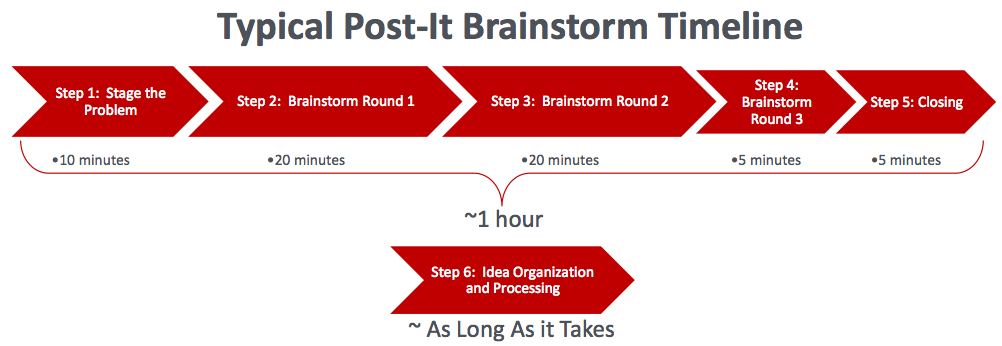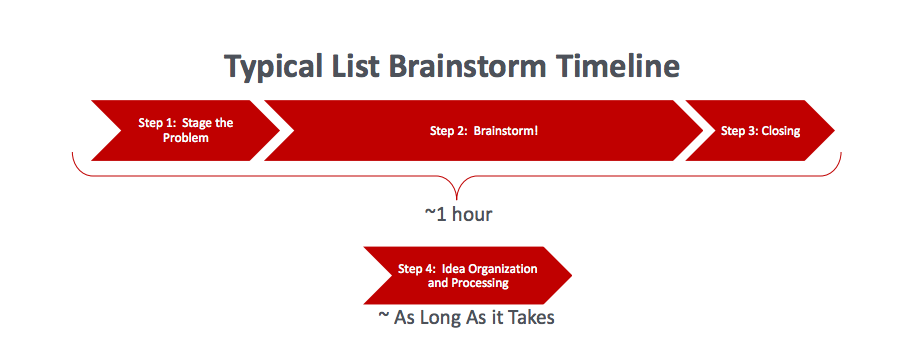Hack:
Client-Involved Innovation Fosters the Best in Product Development
Bringing concepts to market demands innovation from end-to-end. Synapse folds clients right into the creative process by fostering engineer-client brainstorming sessions and collaborative cross-disciplinary dialogue. This type of unique client-engineer interfacing fuels innovation, opens up the creative process and allows both to feel a sense of true ownership and investment in a product's design and development.
Synapse Product Development solves the most difficult engineering challenges, from concept through manufacturing. It provides mechanical, electrical and software engineering services and essential project management and product design assistance to a broad range of clients, some big, some small. Synapse tackles the hardest problems, bringing ideas through the entire development process and into market. Because end-to-end product development is a complicated process, there are typically a large number of players involved in getting work done.
Synapse is a professional services company at its core, working on complicated, expansive projects with many moving parts, so there have inevitably been processes put into place to maintain efficiency throughout the complex development cycle. However, in a process-heavy environment, it’s easy to get caught up in procedure. With this dependency on a set routine, it’s all too tempting to “check the boxes” rather than consider a project holistically and with a critical eye to identify opportunities for innovation.
While a pre-established development process can bolster efficiency, problems arise when the template is used too rigidly and the resulting environment stifles creativity and collaboration.
Make collaborative brainstorming an integral part of the client-engineer relationship at the earliest stage of product development and beyond.
At Synapse, collaboration has been key to our internal process. In order to deepen the relationship with our client, folding clients into the innovation process enables both parties to feel a sense of ownership in the design while fostering mutual respect.
In 2006, we started working with a big-name client on a project that was the first of its kind, utilizing wearable device technologies, wireless technology and better integration of hardware and software. Due to the unprecedented nature of the product, collaboration was necessary in order to prove concept feasibility and to maintain high-quality design integrity throughout the development process. Our collaboration with the client was strong from the get-go. We brought the client into our brainstorming processes much earlier and opened up our communication throughout the development process. Our client became a true stakeholder in each small step within the larger project, and while
While this approach took some getting used to at first, we’ve now made internal adjustments and have incorporated this approach into how we work with other clients, even those who don’t necessarily demand a seat at the table. It’s always been core to our culture and working style at Synapse to break through the structured processes, being nimble and flexible enough to embrace opportunities for new ideas and better ways of working. Welcoming clients into the creative process with engineer-client brainstorming sessions and collaborative cross-disciplinary dialogue helps us to fuel innovation and get projects done better, faster.
Traditional product development starts with a detailed product specification. With this new client-involved approach, we now start with a few functional priorities for a product and work together to create the rest of the product specification as the project develops. This method has two main advantages. First, it allows us to stay fluid enough to incorporate the latest in technological advances as development progresses. Second, it allows the engineers to provide input on where innovation is likely to happen and where we should be bounded by reality. It can be frustrating to pursue a moving target, but it allows both sides to propose specific adjustments, improvements and innovations as we go.
There are specific pieces to implementing this new style of engineer-client collaboration.
Key Principles:
- Be Present in Beginning Phases & Conversations: Involving the client in the brainstorming phases gives us greater insight into their point of view. The understanding of where concepts come from is often more interesting than the concepts themselves.
- Communication: Based on our success with the first client involved in the new approach, we now schedule meetings to review design details each week, as compared to other clients with whom we had met every month or so. This frequency allows small adjustments to naturally happen along the innovation path. It also helps to keep large-scale changes down, minimizing excess design time, and keeps all stakeholders engaged throughout the process.
- Present Early and Often: We present multiple options to our clients for review rather than making a single recommendation. We show the work and thinking behind every available option so the client can make an informed decision. We provide opportunities for collaborative decision-making as early in the development process as possible, and are sure to do so frequently so that our clients have visibility and ownership at all stages.
- Remain Nimble: We strive to remain open to new information, new developments and new technologies. Although this approach often creates more immediate work, it creates better products and encourages innovation. You can’t be afraid to start over; otherwise, nothing would be improved.
- Work is Never Wasted: Many times, we’re not able to pursue all of the paths we’d like, for various reasons. However, there have been many cases in which having done the initial legwork is valuable— either later in the process or on another project. We now take the platform approach to innovation, thinking about where else our work can be leveraged for future programs. This keeps us thinking about next year’s products while we’re developing tomorrow’s.
You can make this shift to any degree that you’d like. You can have two client-collaboration sessions per week, or you can choose to have one per month. Depending on the scale of the project, you have to make adjustments and find what’s optimal. It’s about finding a balance that involves clients in the process early and often, driving collaboration and innovation without spending so much time meeting that the team can’t actually get to work.
The first step is outlining the new process for both sides – your team and the client. Focus on the positive outcomes this new approach will have, and be up-front with the specifics that it will require: open, honest communication, but also respect for ideas and a team-like relationship between all individuals involved. The end-goal is the same for everyone: to deliver on the concept by making the best product possible, as efficiently as possible. From there, the focus must be on the key principles outlined, and above all, on fostering a collaborative environment that remains nimble, open-minded and creative.
Credit: The collaborative mechanical, software and electrical engineering teams at Synapse Product Development





You need to register in order to submit a comment.